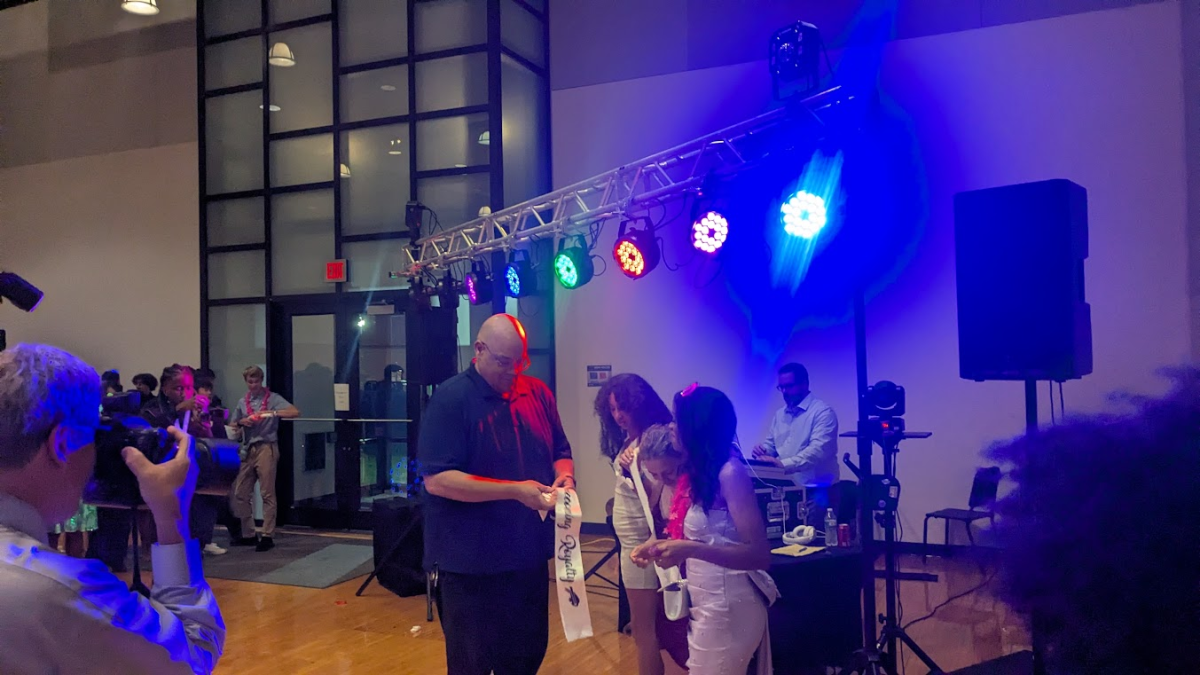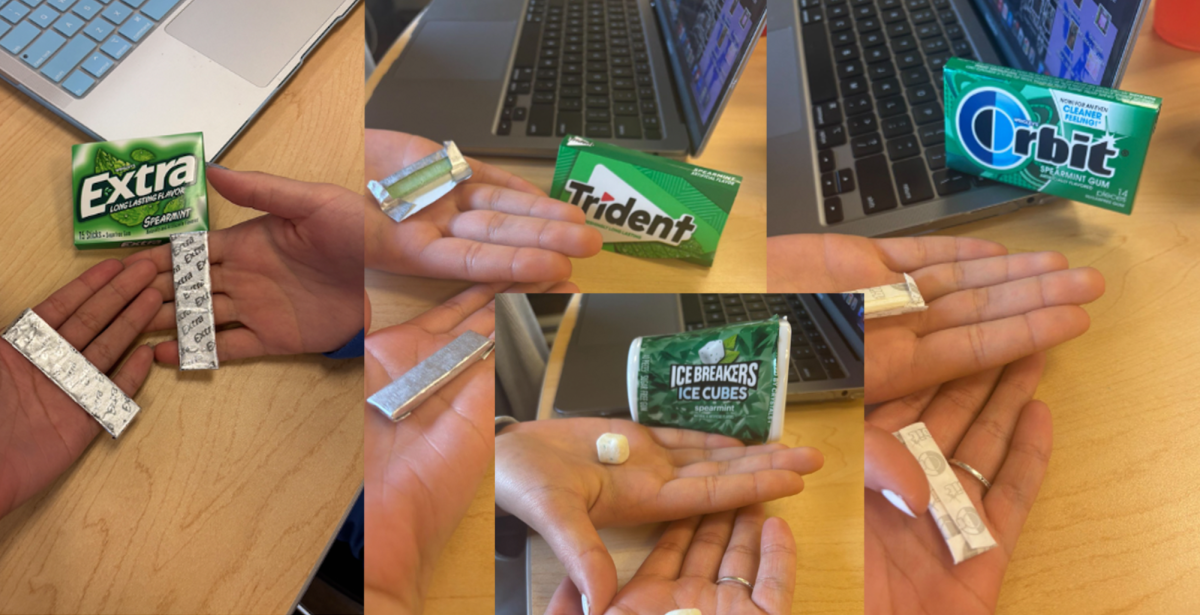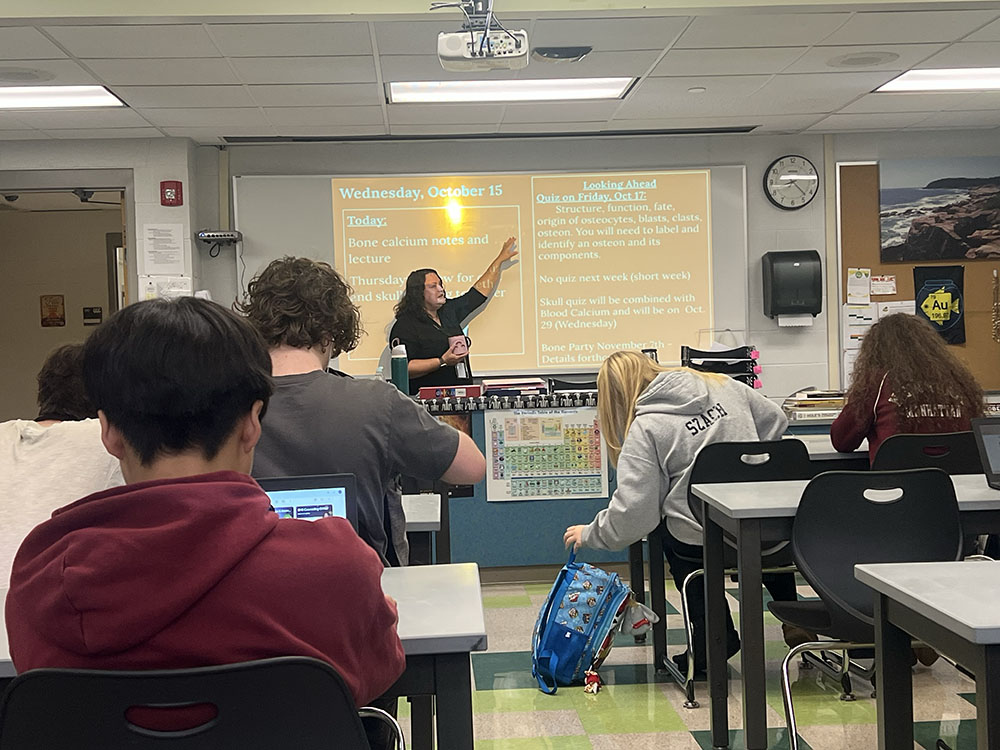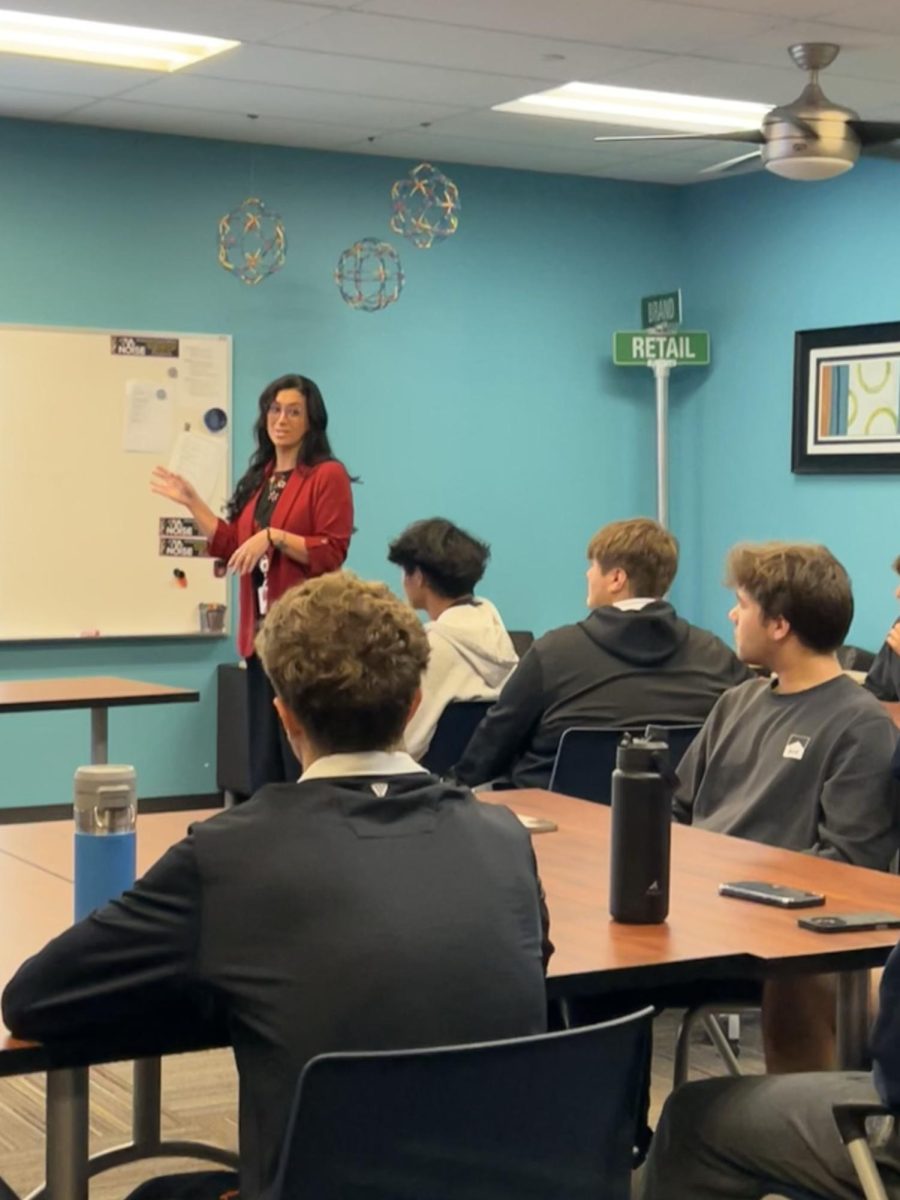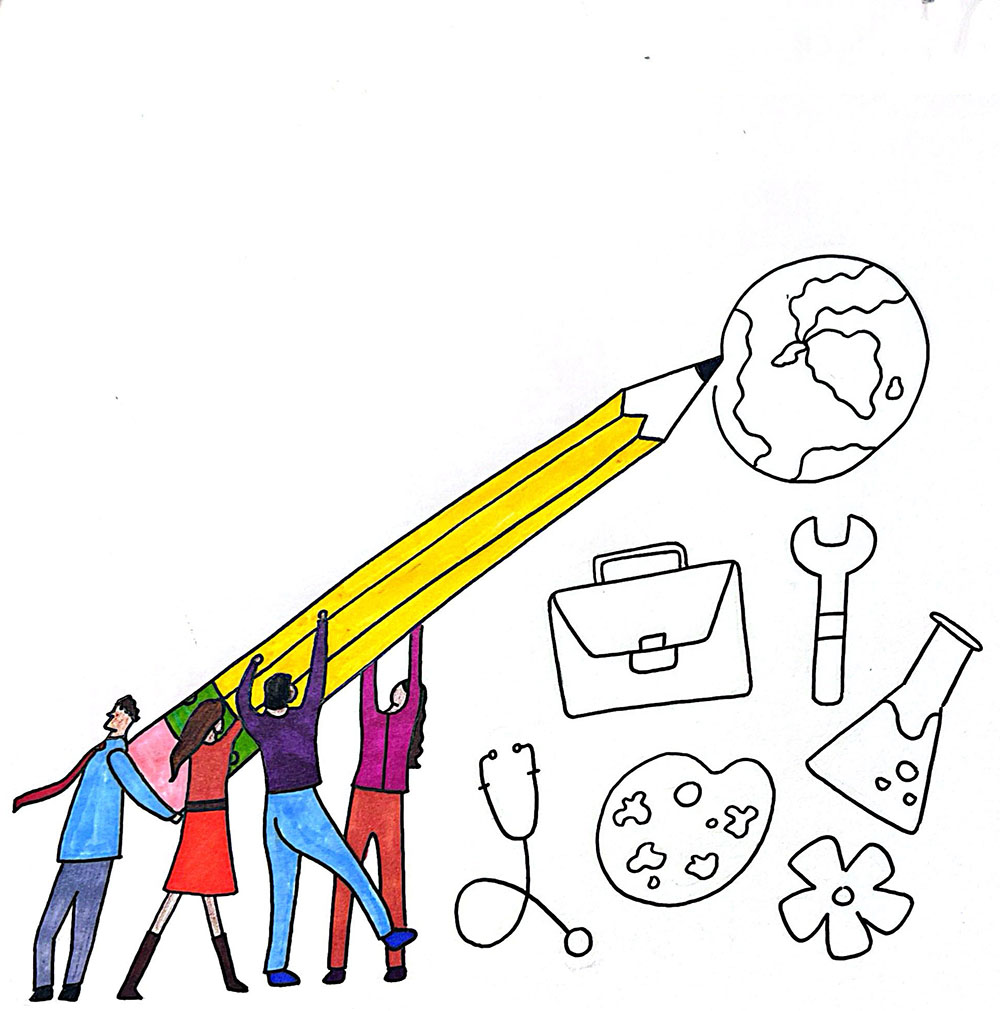The Rembrandt exhibit, showing at the Cleveland Museum of Art until May 28, takes an interesting approach by focusing on Rembrandt collectors in America, and showing the problems with determining the attribution of his paintings.
You see, not all paintings in the gallery are thought to have been painted entirely by Rembrandt. Some were painted as a joint production in his workshop, while others were painted by his students.
And then you have those in his circle who painted like him, but weren’t his students at all, contemporaries who had a similar style, and other painters who took something from him.
Of over 50 works presented in the exhibit, 30 are authentic paintings solely by Rembrandt, while the rest are thought to be at least partially the work of others.
This is exemplified by two of the first paintings you’ll see when you walk in: the Portrait of a Man from 1642 and the Portrait of a Woman, painted at the same time. The two portrayed in their different portraits were married, and probably came to his workshop to be painted at the same time. The man is entirely the work of Rembrandt himself, while the wife’s portrait is the work of his students.
When you compare the two paintings for yourself in person, you’ll see the differences. By the end, you’ll find yourself able to pick out what makes a Rembrandt a Rembrandt.
But why are these paintings so hard to attribute in the first place? For one thing, American collectors would often buy paintings before researching the provenances, and due to the value of his work, those mistaken for Rembrandts were sold as Rembrandts.
For another, many practices in Rembrandt’s time make it hard to identify the true painter.
Rembrandt himself had more than one style. What he was known for, and what many collectors were fascinated with, was his mastery of light, shadow, and texture to create living, breathing paintings. He was always trying to grow and change, and it shows. Like other painters at the time, he also had a studio workshop, where it was an accepted practice to teach students to imitate the master. And Rembrandt was, if anything, a good teacher.
What complicates things further is that it was also an accepted practice for the teacher to sign the students’ work. And then you have other imitators, restored work, and paintings that were only half done by him and finished by his students.
This exhibition’s tickets costs money unless you are a member, but there is also a free companion exhibit featuring sixty of Rembrandt’s prints. There is an education docent who explains how these prints are made, and what made Rembrandt’s unique.
Overall, the experience was great. It’s not often that one gets to examine paintings like these up close. It’s definitely worth the money and the trip.




